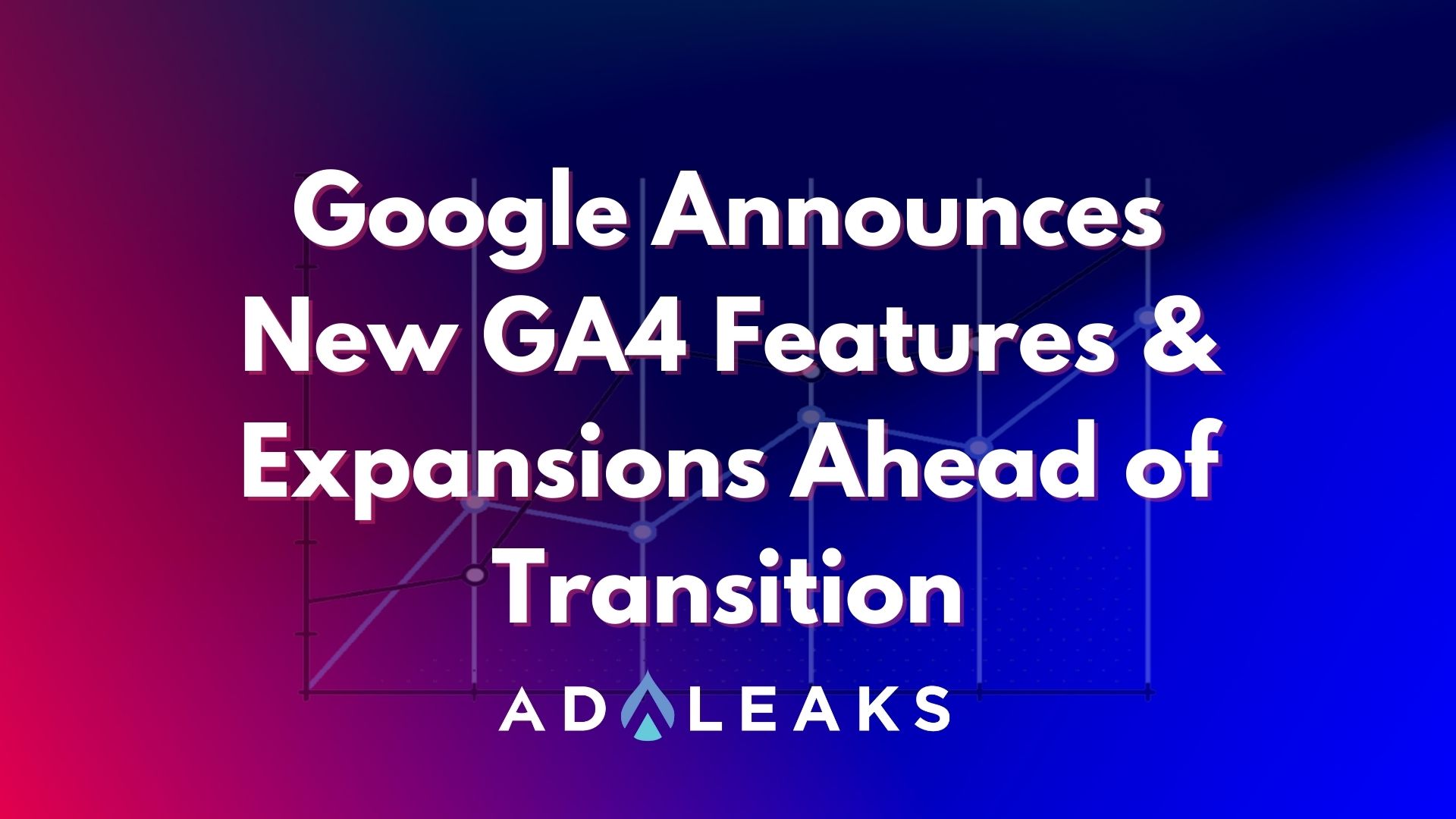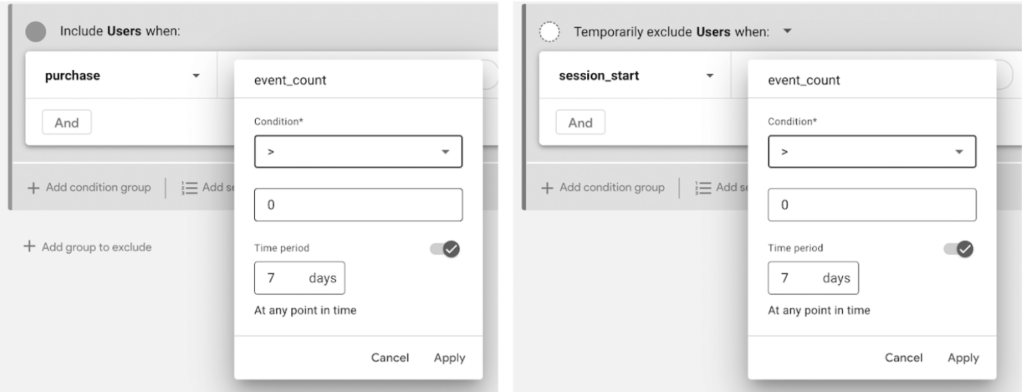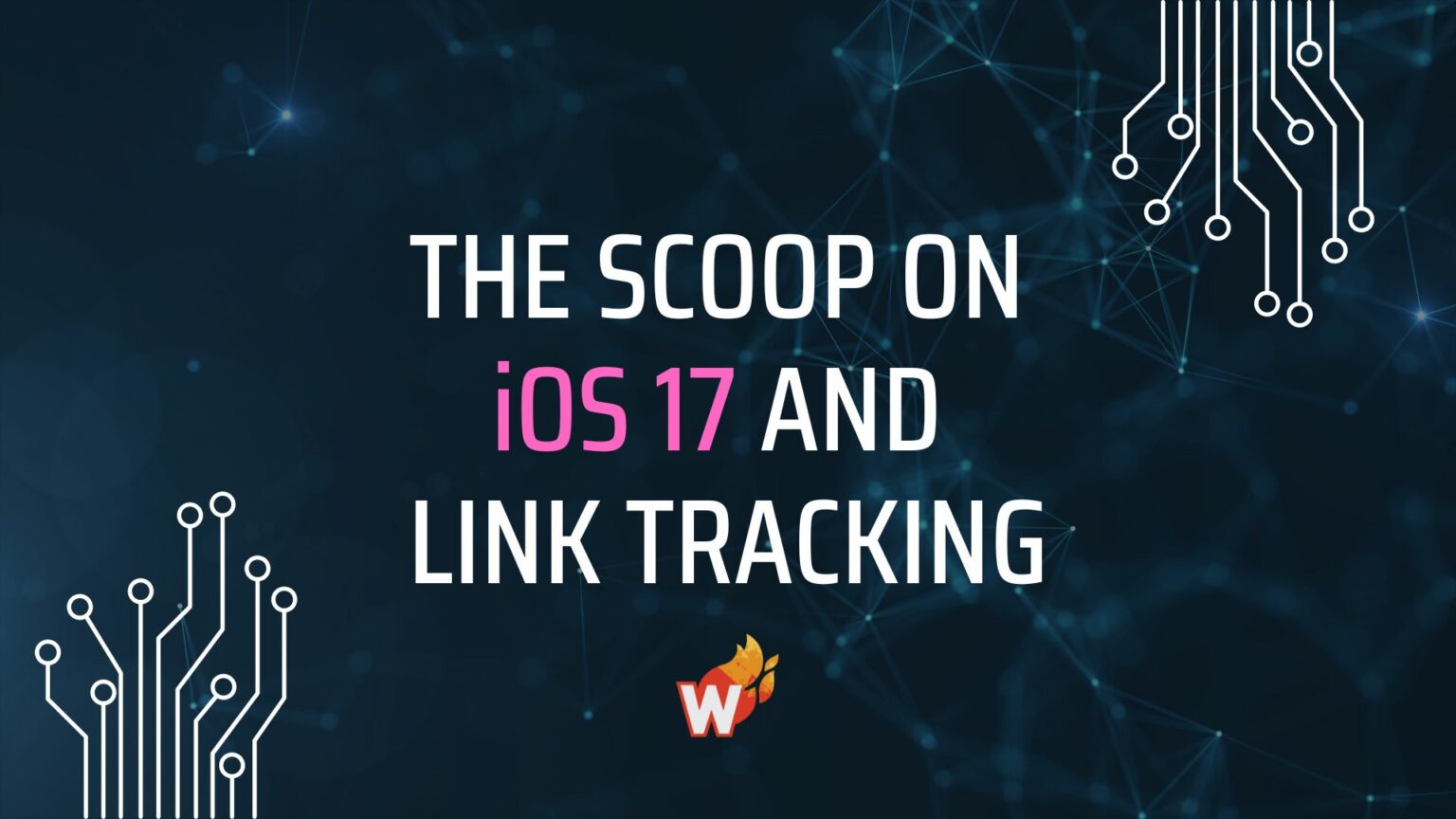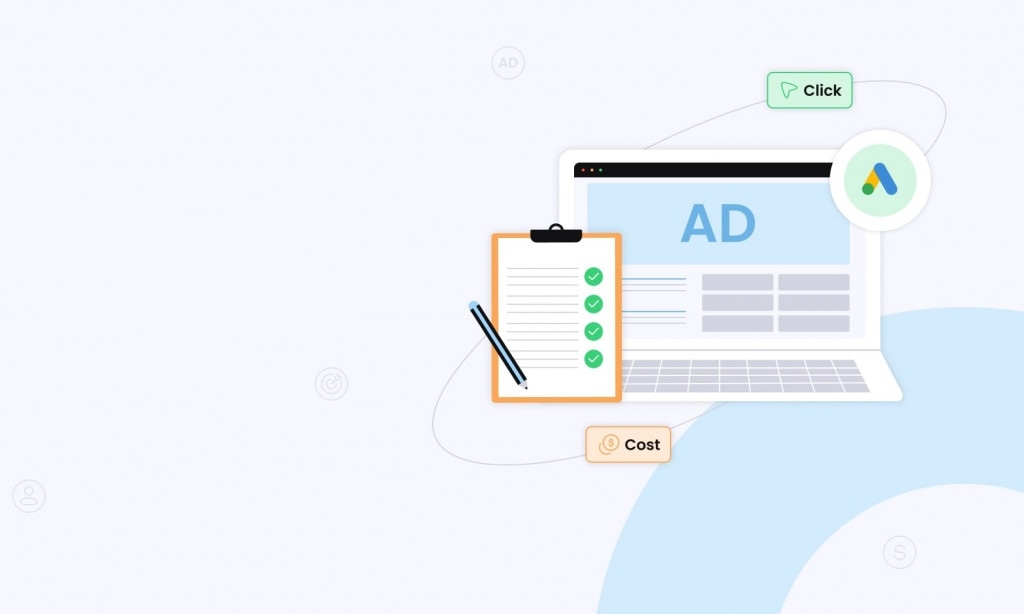
Google Announces New GA4 Features & Expansions Ahead of Transition


With the transition from ‘traditional’ Google Analytics to GA4 looming, Google has launched a number of new and expanded functions that are designed to ease the switch — and aid advertisers looking for answers as third-party data becomes scarce.
We’ll break down a few of the recent announcements and take a look at what they mean for your attribution efforts below.
New GA4 Behavioral Modeling
On June 2nd, Google rolled out a machine learning-assisted system that aims to fill the data gap created by iOS users who opt out of tracking cookies.
Essentially, Google will use an algorithm to model the behavior of consumers who opt out based on the behavior of similar users who opt in.
By looking at “observable data” and associating user behavior with specific identifiers, the system should provide more clarity and continuity in measuring trackable activity.
Google is also using this method to provide conversion modeling based on opt-in data. That said, the system is still new, and quite a few features — including Audiences, real-time reports, and Segments — aren’t available with modeled data.
Also, when the modeled information is available and the algorithm can provide the information with a high degree of statistical confidence, it’s seamlessly integrated into your reports.
Dynamic Lookbacks
On May 31st, Google announced that dynamic lookbacks would be available for Analytics audiences.
This gives you the ability to segment your audiences by event values, which can include characteristics like users who have recently made a purchase or users who haven’t been active during a set period.
For now, the audience builder only provides a maximum lookback window of 60 days, but hey, it’s something.
New GA4 Permission Management & Custom Funnel Reports
Finally, all the way back on May 20th, Google introduced two more new systems for GA4.
The first is a new model for cross-product access management called Linked Users. (Don't confuse this with LinkedIn users — that's a different thing.)
The model, which is starting with Firebase but will expand to other products, enables GA4 property administrators to set the permissions that are available to users in other products.
The administrator can also assign roles like Editor and Viewer to restrict data availability and even disable data viewing in the user interface when necessary.
Second, Google is testing a new reporting method in the Analytics Data API that allows users to run a custom funnel report of Analytics event data.
The method, which is called runFunnelReport, gives users the power to visualize the steps that buyers and prospects take to complete a task, as well as the success or failure at each step.
Google is looking for feedback on this system, so if you’re willing to take on a side project as a guinea pig, this one’s for you.
Get more digital marketing news and exclusive strategies and tactics as a member of the AdLeaks community! Click here to learn more and sign up!






